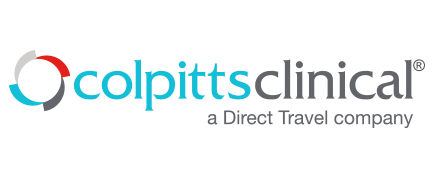Steps to Investigator Meeting Success
So you have been tasked with planning an Investigator Meeting (IM). These events have such a significant impact on the overall success of a clinical trial that the desire to achieve results can make the planning phase seem overwhelming. However, breaking it down into steps can help sponsors and CROs set and achieve their goals for the IM.
- The first step should be to identify your training goals. You can’t accomplish goals if you don’t know what you’re trying to achieve.
- Develop your budget with compliance in mind. The most important item to keep in mind when holding an IM is compliance with the Sunshine Act. The venues should not be lavish five-star hotels, or even hotels with the words “resort” or “spa” in the name. Meals should be modest in price. Negotiating “pharma menus” upfront helps keeping costs down. Airport hotels work nicely as they also save on transportation costs. Accurate budgeting and record keeping are essential. Remember the three most important items to keep in mind when planning an IM are consistency, compliance, and cost effectiveness.
- In choosing a location, it is important that you look at the areas from which your target attendees will be traveling. The venue should be located in a centralized city so that investigators can get to the city within three to six hours. Keep in mind that Investigator Meetings typically only last two days, so you don’t want to make attendees travel too many hours. Your investigators don’t want to be out of the office or away from their patients, so have them over a Friday/Saturday. Once you decide in which city or cities you want to have your IM, pick three different hotels and negotiate, negotiate, negotiate. It isn’t just hotel rates that can impact your budget, but food and beverage, complimentary rooms, internet, AV discounts and more. Know if there are going to be other Pharma companies in the hotel at the same time. If so, make sure your meeting space is not near other Pharma companies so that trade secrets don’t reach the wrong ears.
- Your agenda will develop over time, but you need to start thinking about the logistics that will allow you to accomplish those goals. For example how many attendees do you aim to have, and how can you boost attendance? How much meeting space will need in order to make the IM as interactive and engaging as possible? You probably have a lot to cover in two days, so keep the agenda tight.
- Allow sufficient time for networking and social events in the evening, though you’ll want to ensure that the events are modest in order to comply with Pharma codes.
Overall, you want to consider how to best allow researchers to leave the meeting with as much knowledge and thorough understanding of clinical protocols as possible. The decisions made throughout the planning process can contribute to patient enrollment, retention, and the overall duration and cost of the study.



